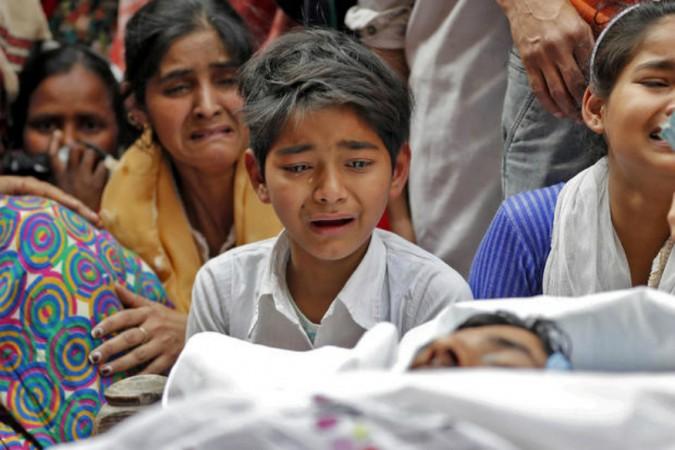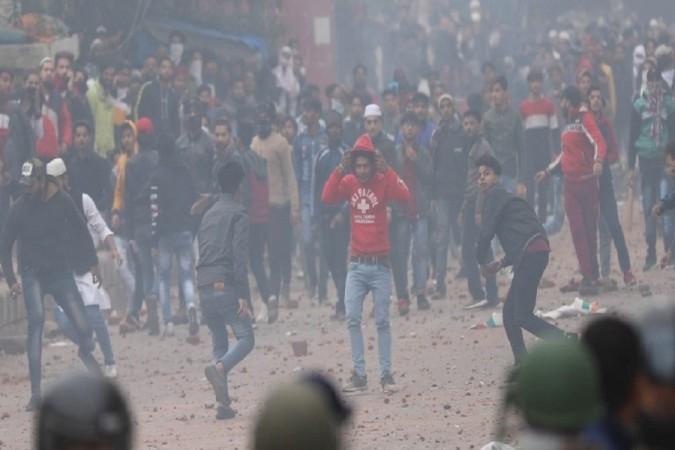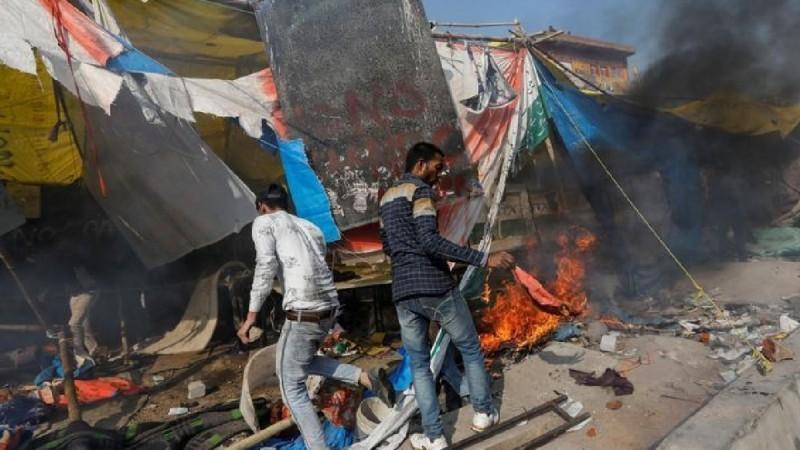
At least 38 people lost their lives in the worst mayhem that the capital witnessed in decades after a clash between CAA opponents and supporters turned violent on Sunday.
According to the officials, 34 people died in Guru Teg Bahadur Hospital in Dilshad Garden while four other deaths have been reported from Lok Nayak Jai Prakash Narayan Hospital.
At the LNJP hospital near Delhi Gate, while one person was brought dead, the remaining two succumbed to injuries during treatment.
"Nine patients have died at the GTB hospital during the treatment while twenty-five riot victims were brought dead at the hospital," Medical Superintendent Sunil Kumar said in a statement released by the hospital on Thursday evening.
Kumar also said that the hospital received and treated 215 riot victims since February 2. However now, only 51 patients are currently admitted and receiving treatment at various departments in the hospital.

About the post-mortem of the deceased, Kumar said "the post-mortem exams have been done for 8 more bodies, apart from 4 that was done earlier. All have been handed over to the attendants. Autopsy request for these had come from concerned IO (Investigating Officer)."
How the violence unfolded
The violence broke out in northeast Delhi's Muslim-dominated Maujpur, Jaffrabad, Chandbagh and Bhajanpura areas on Sunday and the situation went out of hand on Monday. Some reports claimed that the protesters were split into religious lines with some even chanting "shoot the traitors".
It all started after a controversial BJP leader Kapil Mishra threatened to forcefully remove the agitators staging a sit-in protest against the CAA. Mishra had given a three-day ultimatum to Delhi Police to vacate Jaffrabad and Chand Bagh roads where protests had been going on over the weekend. He said that once the US President had left India, his people won't listen to the cops and hit the streets to remove anti-CAA protesters.

On Sunday, clashes broke out between two groups near Jaffrabad where anti-CAA protesters had gathered. Stones were pelted and police had to fire tear gas shells to disperse the mob. The clashes didn't stop and the situation deteriorated further on Monday with both the groups wreaking havoc on Delhi roads.
Streets were full of stones and looked like some sort of war zones. The protesters set vehicles on fire and damaged public property in Moujpur, Jaffrabad and Chand Bagh areas. Shots were fired and TV cameras captured a man weaving gun in the air. He was later arrested by the police.
Section 144 was imposed in these areas and some reports claimed that internet services were also stopped. A massive police force was deployed and people were being checked at various posts.
The violence on Monday claimed seven lives. Six civilians and a Delhi police head constable were killed. The toll of injured was said to be over 100 and they included people from both sides and the police personnel.
While there has been no statement from Prime Minister Narendra Modi, Delhi Chief Minister Arvind Kejriwal appealed for calm. He said that Delhi police that comes under the Union Home Ministry, was not getting orders from the above and that there were not enough forces on the streets to control the situation.

















